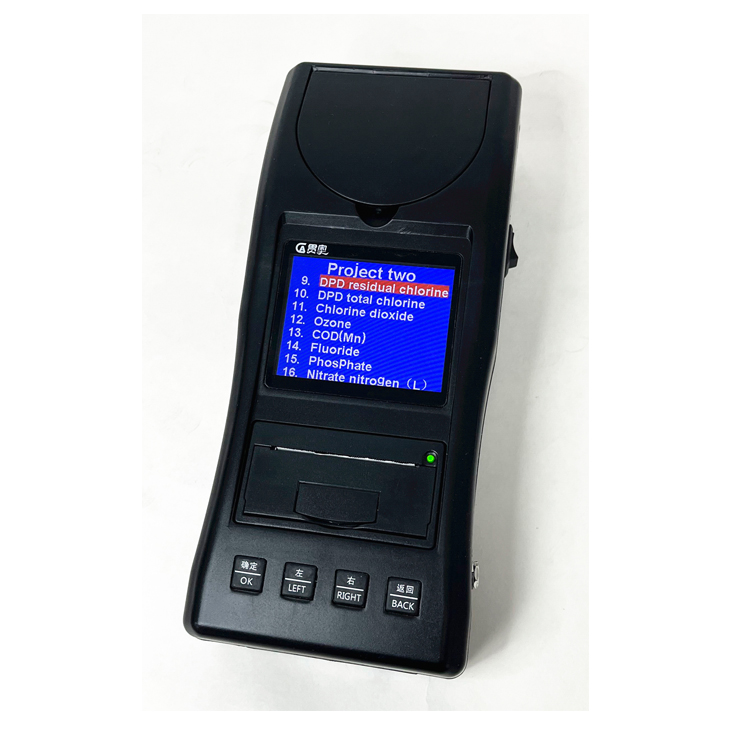The specific operation process of a portable water quality tester mainly includes preparation work, calibration of the instrument, obtaining water samples, preparing water samples, conducting tests, reading results, and recording results. The specific methods are as follows:

2. Zeroing instruments: Zeroing is an important step in ensuring testing accuracy. According to the instructions in the manual, zero the instrument to the appropriate standard.
3. Obtain water samples: Collect the water samples you want to test. Water samples typically come from sewage, tap water, well water, river water, lake water, or other sources.
4. Prepare water sample: Take appropriate steps to process the water sample according to the requirements of the instrument. This may include filtering, dissolving solids, etc.
5. Conduct testing: According to the instructions of the instrument, place the processed water sample into the instrument for testing. Different water quality testing instruments may have different operating methods and interfaces. It may be necessary to immerse the instrument in the water sample or add specific reagents to the water sample.
6. Read the result: Wait for a period of time until the instrument completes the test. At present, most instruments can directly read the results on the display screen, but there are also some instruments that need to obtain the results through other methods. For example, based on the test results, refer to the instruction manual or other relevant reference materials to interpret the meaning of each indicator. Compare test results with relevant standards or recommendations to evaluate the quality of water samples.
7. Record results: Record the test results, including information such as the test date, time, and sampled water source. This will help you track changes in water quality and evaluate the effectiveness of treatment measures.



